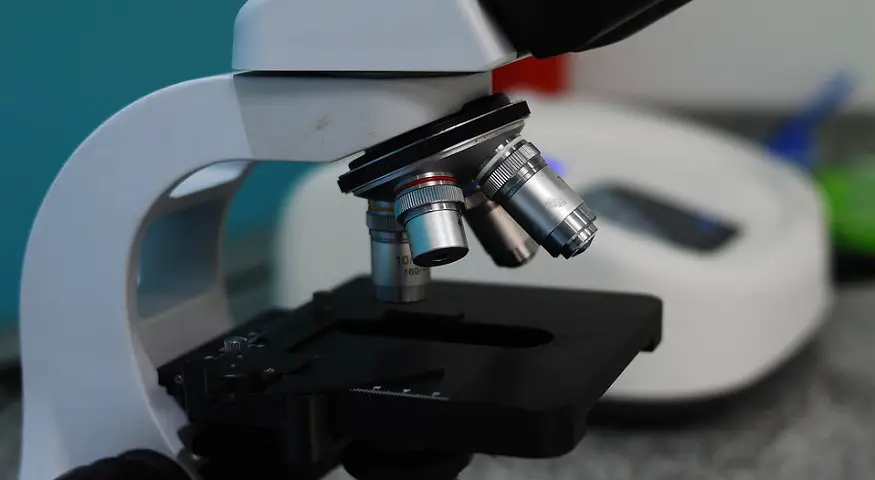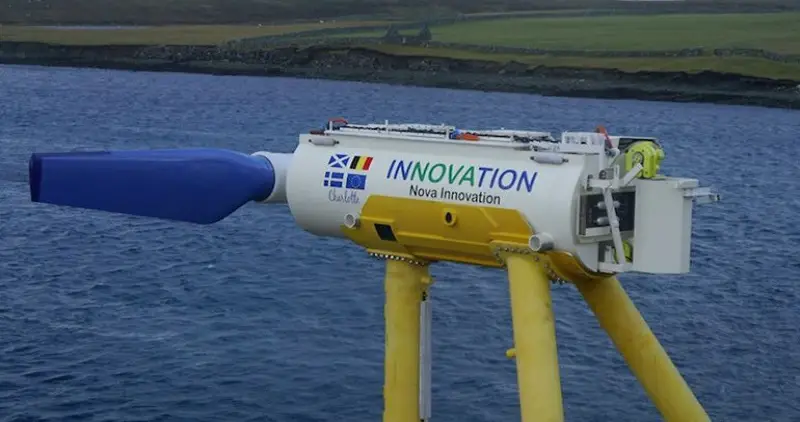
New hydrogen research has led to groundbreaking discovery
May 16, 2019Scientists have discovered a new material that could make hydrogen fuel tanks more practical for vehicles.
An international team of scientists, led by Professor David Antonelli of Lancaster University, have discovered through their hydrogen research a new material made from manganese hydride. This new material has the potential to help improve the design of hydrogen fuel tanks, making them smaller and less expensive.
One of the major obstacles that hydrogen-powered vehicles face is size, complexity and cost.
However, this may be a problem of the past if the researchers’ new material turns out to be the viable solution that the scientists think it can be.
Called KMH-1 (Kubas Manganese Hydride-1), the material can be used to make molecular sieves within fuel tanks. These sieves store the hydrogen and work with the fuel cells in a hydrogen powered system. KMH-1 would allow for the design of the tanks to not only be smaller and less costly, but also more energy dense and convenient compared to current hydrogen fuel technologies.
Moreover, the material would allow the system to significantly out-perform battery-powered vehicles.
“The cost of manufacturing our material is so low, and the energy density it can store is so much higher than a lithium ion battery, that we could see hydrogen fuel cell systems that cost five times less than lithium ion batteries as well as providing a much longer range — potentially enabling journeys up to around four or five times longer between fill-ups,” said Antonelli, reports Science Daily.
Anotnelli has been involved in this area of hydrogen research for over 15 years and is the Chair in Physical Chemistry at Lancaster University.
The hydrogen research also revealed that the material could boost hydrogen storage capacity.
The researcher’s experiments show that the KMH-1 material could enable four times as much hydrogen storage in the same volume as current fuel cell technologies. This is also a benefit for auto manufacturers as it offers them the flexibility to design vehicles with a boosted range of up to four times. On the other hand, it also allows them to lower the size of the tanks by up to a factor of four.
 In addition to vehicles, the hydrogen researchers say that the material can also benefit other applications, including mobile chargers and drones.
In addition to vehicles, the hydrogen researchers say that the material can also benefit other applications, including mobile chargers and drones.



 With over 15 years of reporting hydrogen news, we are your premier source for the latest updates and insights in hydrogen and renewable energy.
With over 15 years of reporting hydrogen news, we are your premier source for the latest updates and insights in hydrogen and renewable energy.
Hydrogen storage at room temperature into the structure of metal hydrides is hardly new. Birmingham University started work on this technlogy back in 2005, and even have a hydrogen powered boat the Protium that runs on it on a Birmingham canal.
Please see: birmingham.ac.uk/research/activity/metallurgy-materials/hydrogen/protium-boat.aspx
Liquid H2 expands 851 times when turns into gaseous form.
1m3 of liquid H2 contains 70 kg of Hydrogen or about 840,000 liters of gaseous H2.
1m3 of liquid MOH (Modified Oxygen-Hydrogen) Stoichiometric Gas Composition contains 167 kg of H2, or 2.5 times more.
When pressurized at 700 bar, 5kg of H2 or 60,000 liters, fill a 130-liter tank.
Liquefied (1bar/-178deg.C) MOH Gas, pumped in a 130 liter LNG tank, contains 22 kg of H2, or 4.4 times more.
MOH Gas burns perfectly in regular Gasoline IC Engines and Gas Turbines, with a slight retrofitting .
Also, MOH Gas is a perfect Hydrogen Storage – low pressure, no leakages, no embrittlement.
Can be extracted on-board, on-demand and separated from the Oxygen by a molecular sieve.
MOH cannot be ignited by a spark at normal conditions.
MOH is about 100 times cheaper than the Hydrogen ($0.10/kg MOH, vs $10/kg H2).
MOH was patented in Japan in 2008 and 2011 as Ohmasa Gas.
More info about MOH Gas – here —
fuels.alle.bg